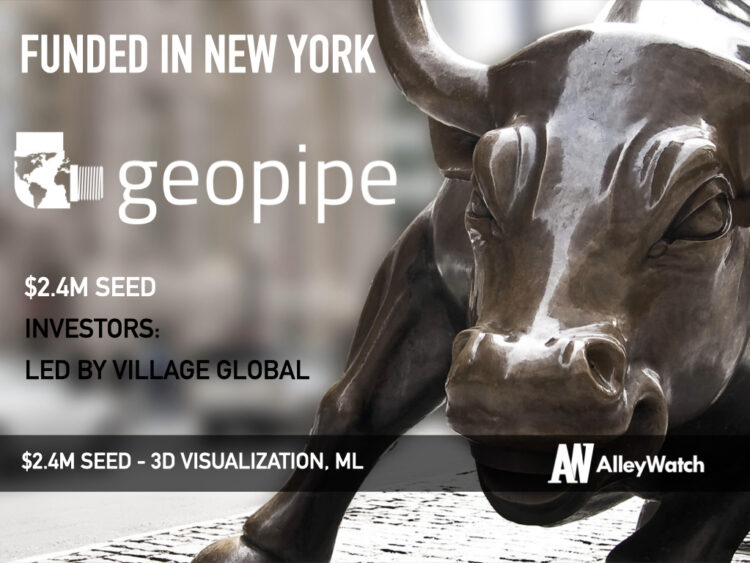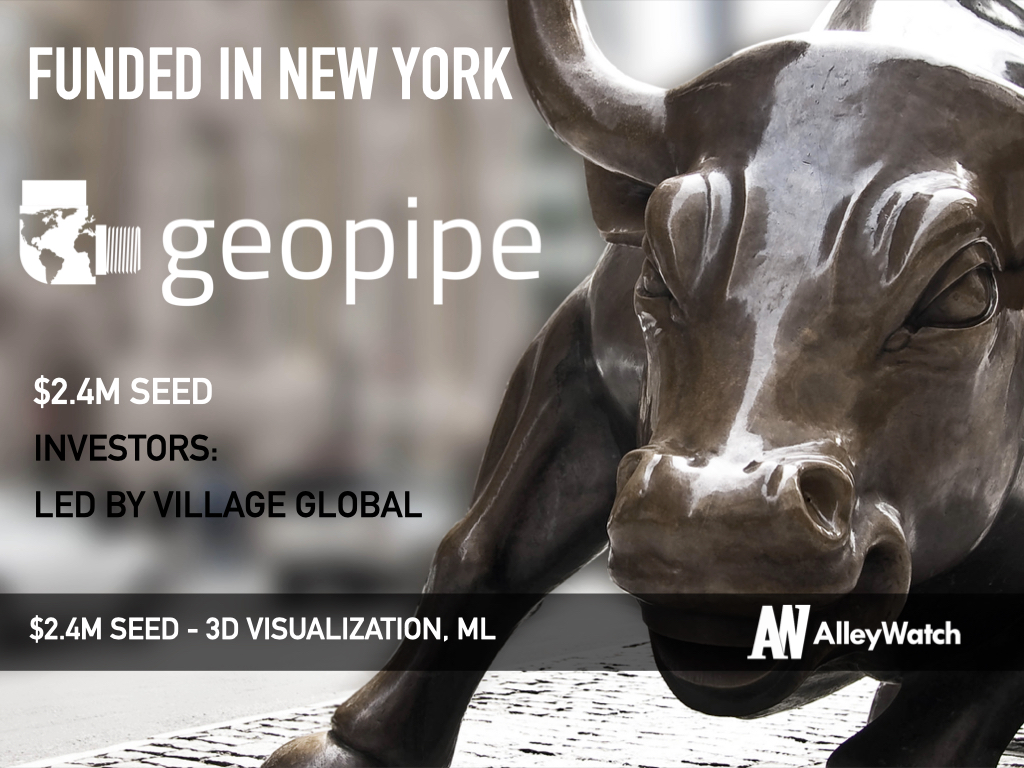3D geospatial models are superior to 2D models when it comes to planning purposes as 3D is able to effectively capture terrain, sites, buildings, vegetation, infrastructure, and landscape elements. These can also be layered with additional data sets for use in presentations, planning, exploration, analysis, and management applications in a dynamic format that can readily adapt to changing conditions. However, building these 3D models has traditionally been expensive and time-consuming. Geopipe is a deep learning-powered engine that creates what the company calls “digital twins” that are constructed from raw sensor data and then combined with data processed through a semantic engine to add further context to create the Metaverse, a “massively multi-use environment that replicates our real world”. The platform is versatile as it can be applied to a variety of use cases including training simulations, city planning, coastal resiliency planning, construction, and even gaming. Geopipe’s models can be integrated into existing workflows that use 3D software or gaming/VR engines and can be accessed for as low as $100/mo for commercial use.
AlleyWatch caught up with Geopipe CEO and Cofounder Christopher Mitchell, Ph.D. to learn more about the genesis of the company, future plans, latest round of funding, which brings the total equity funding raised to $2.52M (the company has also received several grants totaling ~$2M), and much, much more.
Who were your investors and how much did you raise?
We closed a $2.4M seed round led by Village Global, joined by Matrix Partners, the Alexa Fund, AME Cloud Ventures, and others.
Tell us about the product or service that Geopipe offers.
Geopipe is creating the authoritative whole-Earth digital twin built by AI, bringing the unified Metaverse of reality to gaming, simulation, and beyond. We deliver instant 3D environments of the real world to professionals visualizing the world of tomorrow, simulating humans and machines in virtual copies of reality, and making it possible to tell interactive stories set in detailed reproductions of the Earth.
What inspired the start of Geopipe?
My cofounder Thomas Dickerson and I have been friends and colleagues for over 16 years. The ideas that later germinated into Geopipe were spawned during our respective computer science Ph.D.s, from personal projects to put the real world into games like Minecraft.
Geopipe knows what’s in the world, not just how it looks: interaction, simulation, and visualization require twins of reality that behave like reality. Geopipe’s 3D environments contain rich metadata describing the objects in the world and their properties, enabling a broad variety of applications. For example, in Geopipe’s copy of the Earth, seasons and the time of day can change, surfaces with different materials can behave differently, and machines can be trained knowing exactly what’s around them.
What market does Geopipe target and how big is it?
Geopipe is working within what in 2020 was a $17B space of 3D mapping and modeling, within the larger $100B geospatial data market. Geopipe is building the “geospatial OS” layer underlying today and tomorrow’s applications, starting with gaming and simulation customers.
What’s your business model?
Geopipe licenses its data to most customers on a monthly or annual basis, allowing them to always access Geopipe’s most up-to-date copies of reality. A growing cohort of customers utilizes our SDK/API to stream our data directly into their own applications and platforms, such as Unity.
What are your post-COVID office plans?
Geopipe has embraced remote work and a distributed team since its inception, and has utilized several excellent coworking spaces for in-person work to date. We will continue to do so, focusing on our New York headquarters and our Burlington, VT engineering office.
What was the funding process like?
We were pleased to apply in-house and mentor/previous investor experience to streamline the fundraising process, and at the close of our round had collected an excellent cohort of funds and individuals with the areas of expertise we wanted to harness going forward.
What are the biggest challenges that you faced while raising capital? Fundraising is necessarily a time-consuming process while it runs, reducing our leadership team’s bandwidth for day-to-day business and growth.

What factors about your business led your investors to write the check?
We are pleased to be working with investors who believe in the founding and leadership team, the vision, and the scale of the problem Geopipe is solving.
What are the milestones you plan to achieve in the next six months?
In the next six months, Geopipe will be rapidly growing the team, especially hiring for deep learning and product positions (love deep learning, math, and maps? We have a position for you!), as well as rolling our next level of digital twin detail for creators in simulation and gaming.
What advice can you offer companies in New York that do not have a fresh injection of capital in the bank?
New York offers countless resources for startup founders, from informal mentorship to top-tier incubators and accelerators. The best things you can do are attend (virtual or physical) events, build your network, get to know your fellow NY founders, and pick their brains about the best resources to utilize. We found Meetups and events both for general entrepreneurship and for our specific early adopter markets to be perfect ways to build productive long-term relationships.
Where do you see the company going now over the near term?
In the next few years, Geopipe will be cementing its position as the source of metadata-rich, interactive-ready digital twins of reality by offering ever-expanding detail and coverage to its customers, flattening the playing field for companies large and small who need data and 3D models of real-world cities.
What’s your favorite outdoor dining restaurant in NYC?
B&H Dairy, 2nd Avenue between 7th Street and St. Mark’s.






